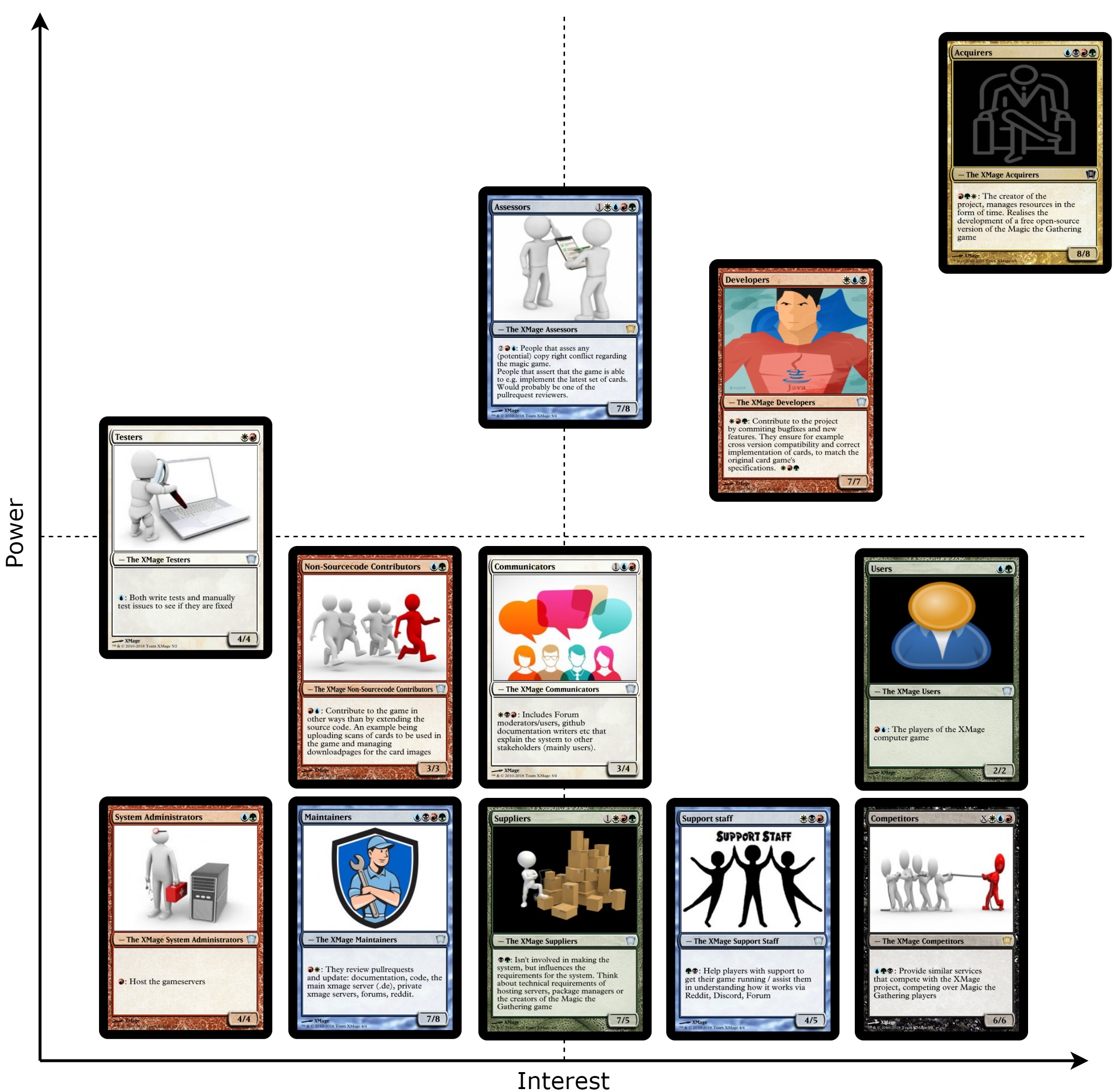

Every device on your home network will have its own IP, usually starting 192.168.0.XX, where XX will be a unique number. Now you need to find your server's local IP address. Then find your port forwarding settings (usually under "Security").
Whcih xmage server to use manual#
There's no way of writing a complete guide for this as each router is different, but usually you'll navigate to your router's settings by typing 192.168.0.1 in your browser (or something similar - best to check your router's manual or Google your router). This is a staple of running servers from home you need to tell your router to allow connections through the two ports (incoming and outgoing) that XMage uses. It goes without saying, but the instructions in this section must be followed on the same machine that you want to run your server on! There are a couple of things you have to do first. Hosting a server should be as easy as clicking "Start Server" in the XMage launcher. We'll start by assuming you have XMage up and running using the launcher available from.

However it won't necessarily help if you're running MacOS or Linux.
Whcih xmage server to use windows#
The steps for other versions of Windows are likely very similar, so you can still follow this guide. Note that this guide is for Windows - specifically I have written it for Windows 10. It also means you won't be surprised by sudden server reboots in the middle of an epic 4-hour EDH game!

Importantly, this provides you with a quiet server with good response times, and allows you to modify certain server rules (such as changing the maximum idle time limit). This guide is for the rest of us - idiots like you and me who just want to host their own server on their own PC, and have friends join and play with them. I've noticed that there are very few useful guides for creating an XMage server online - all either assume you have your own domain or that you're a Java guru and can decipher the error messages yourself.


 0 kommentar(er)
0 kommentar(er)
